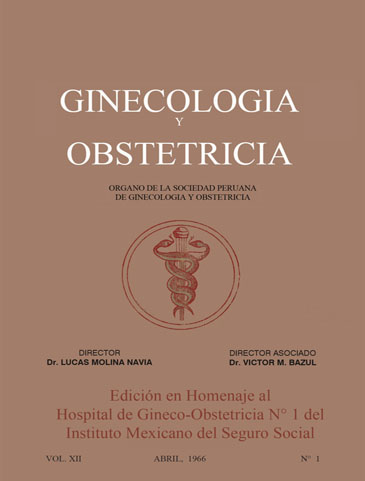Quantitative cytological methods in the differential diagnosis of carcinoma in situ and cervical dysplasia
DOI:
https://doi.org/10.31403/rpgo.v12i1302Abstract
The authors have studied the degree of histopathological correlation between biopsic and cytological examinations of displasias of the cervix. They found the counting of the total number of atypical cells is a very long procedure of little practical utility. More useful was the differentia percentual counting of the typical cells divided in four groups: basal, parabasal, intermediates and superficials. The measurement af the cellular and nuclear diameters showed that the displasias exist and increase of the cellular surface area. In the nuclear areas no significative variations were found. In the displasias the nuclear cromatines had a moderately irregular appearance while in the cases of carcinoma "in situ" the nuclear chromatin had a gross, irregular aspect In the cases of displasia and carcinoma "in situ" the cytological picture was of a diminished percent of intermediate cells with an increase of the basal and parabasal atypical cells.Downloads
Downloads
Published
2015-07-11
How to Cite
Vega Rizo Patron, L., Luna, M., & Ore, E. (2015). Quantitative cytological methods in the differential diagnosis of carcinoma in situ and cervical dysplasia. The Peruvian Journal of Gynecology and Obstetrics, 12(1), 75–92. https://doi.org/10.31403/rpgo.v12i1302
Issue
Section
Artículos Originales
















